Leah & Brendan
Leah & Brendan
Historic Center of Cascais
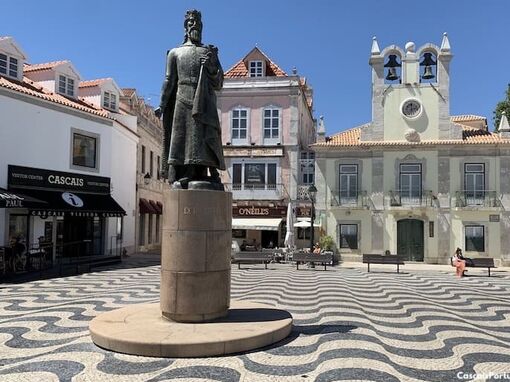
Mixing old fishermen’s houses and aristocratic mansions, the old center of Cascais has a certain Mediterranean atmosphere, and is a delightful place for a stroll. Most of it is pedestrianized, and is lined with boutiques, cafés and restaurants with outdoor seating. The main pedestrian street is Rua Frederico Arouca, with a very Portuguese wave-patterned pavement. It starts by the beach of Praia da Rainha, and ends by one of the town’s main streets, Alameda dos Combatentes da Grande Guerra, which is lined with palm trees and several restaurants. Behind it is Largo Luís de Camões, a small, attractive square with even more places to eat and drink, and just a few feet from there is the main square, Praça 5 de Outubro. It’s home to the Town Hall and the tourist office, and opens to Praia da Ribeira, which is also known as Fishermen’s Beach.
Guincho Beach

Rated as one of the best beaches in Portugal and on top ten beaches in the world, it’s a dream. Strong winds, perfect sand — a contrast to the rocky beaches of France and Italy — large waves and incredible sunsets, it just all adds up. It’s easy to get to, with parking along the road and multiple coves (I’m actually not 100% if there is one single Guincho, or a bunch) you can just drive, park and burn. If you’re staying in Cascais, you can rent a bike and it’s an easy flat ride, take a taxi or drive your own car. (I’d suggest the bike route and not worry about the parking).
Condes de Castro Guimarães Museum

Set in a small cove so close to the sea that the water actually laps the building at high tide, the location of this fine example of the revivalist architectural style is as appealing as its contents. The museum’s exhibits include an impressive art collection, rare pieces of Indo-Portuguese furniture, a few prehistoric archaeological remains and a library notable for its illuminated manuscript dated 1505 and some richly-bound volumes from the 17th century. The palace was built by Jorge O’Neill in 1897 to a design by Luigi Magnini, creator of some important neo-Manueline revivalist projects such as the Bussaco Palace Hotel in central Portugal and Quinta da Regaleira in Sintra. The building was further developed by the prominent painter and architect, Francisco Vilaça.
Cascais Marina
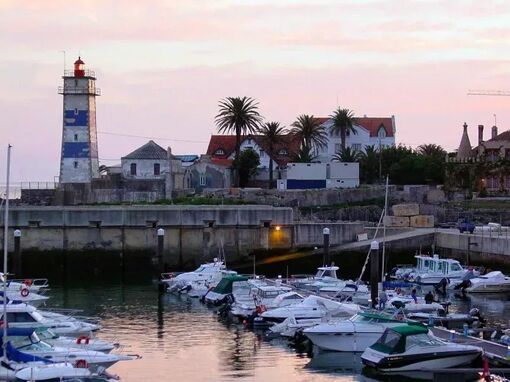
Cascais has a long-established seafaring tradition dating back to the Age of Discovery. The modern marina was only built in 1999, with the more recent additions of shops, high-end bars and restaurants. The marina in Cascais is the third largest in Portugal and has hosted a number of world-class sailing events including the America’s Cup World Series 2011 and the ISAF World Sailing Championship 2007. There is a lively atmosphere here in the summer months, with the usual yachting crowds mingling with tourists who come here to admire the array of splendid sailing craft, people-watch and soak up the nautical atmosphere.
Quinta do Pisão
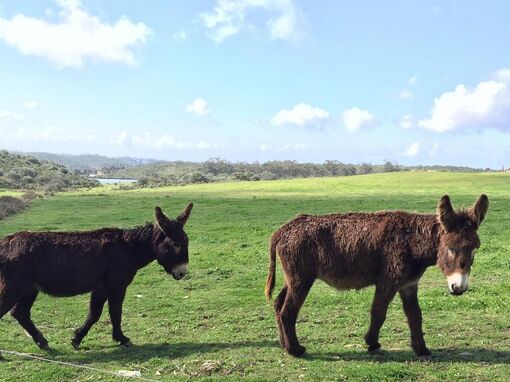
Located in the south slope of Serra de Sintra, in the western end of Cascais municipality, inside Parque Natural Sintra-Cascais, between the urban periphery of Alcabideche and the mountain, Quinta do Pisão represents an historical and cultural legacy, which has become structural for the territory, either by the scale and natural values that it comprises, but also because of its built heritage and its landscape. You can participate in the interpretive walks at Quinta do Pisão, on donkey and horse rides, electrical bikes Park-e-bike and segways rental.
Casino Estoril
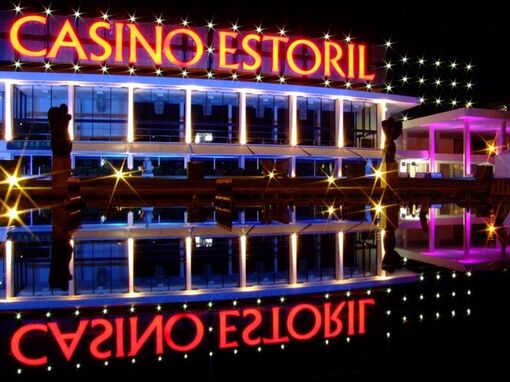
For 50 years, the Casino Estoril has been the stage for wonderful and inspiring soirees. Ian Fleming based his plot for Casino Royal on its glamorous and sophisticated atmosphere, inspiring the most famous of spies - James Bond. When you enter the Casino Estoril you are entering the 5th biggest Casino in Europe and the most sophisticated and diverse leisure and entertainment complex in Portugal. The Casino Estoril offers a full entertainment program every evening.
Santa Marta Lighthouse Museum
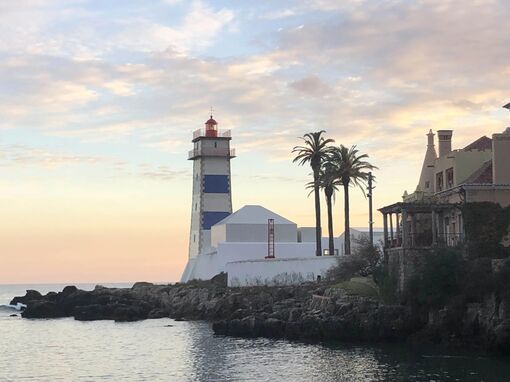
The Santa Marta Lighthouse Museum, which is right next to Casa de Santa Maria, occupies the former fort and the lighthouse with the same name. The whole complex was converted into a leisure and cultural centre, although the lighthouse is still part of the coastal signalling system. The museum offers an overview of lighthouses in general, plus specific exhibits on such themes as lighthouses in Portugal and the work of the lighthouse keeper, amongst others. Visitors can also enjoy the documentary film: Lighthouses of Portugal. Five Centuries of History.
Ribeira Beach
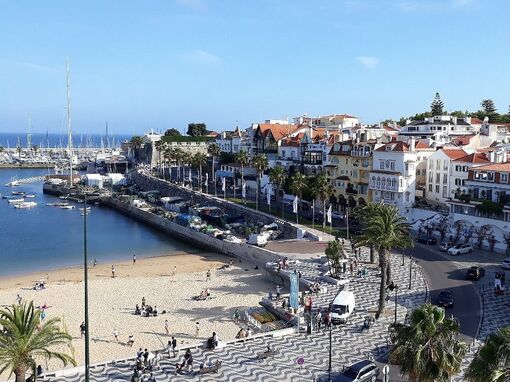
Located by the harbor on the bay of Cascais, across from Hotel Baía (see below) and the main town square (Praça 5 de Outubro), this small beach is also known as Praia dos Pescadores ("Fishermen's Beach"). It's one of the most photographed in the region, due to the flow of fishing boats (which are no longer pulled onto the sand) and to the landmark Seixas Palace (built in 1920 and now property of the Portuguese Navy). Leading to the beach is a wave-patterned cobblestone sidewalk that reminds many travelers of the beaches of Ipanema and Copacabana in Rio de Janeiro. That Portuguese design originated in Lisbon’s Rossio Square in the 1800s, and spread around Portugal and its colonies, becoming emblematic of Rio.